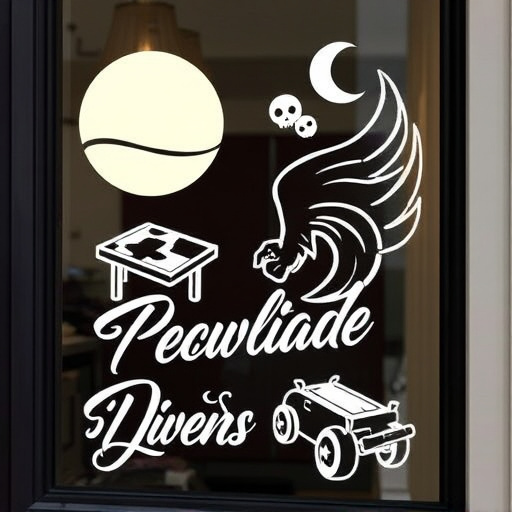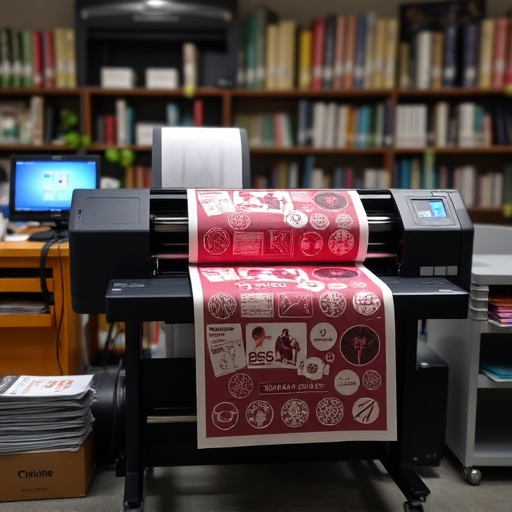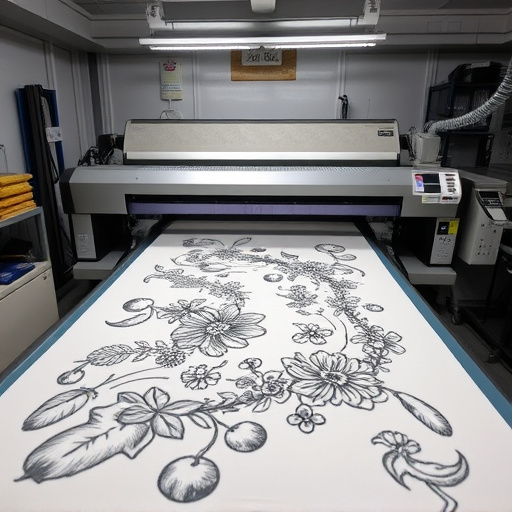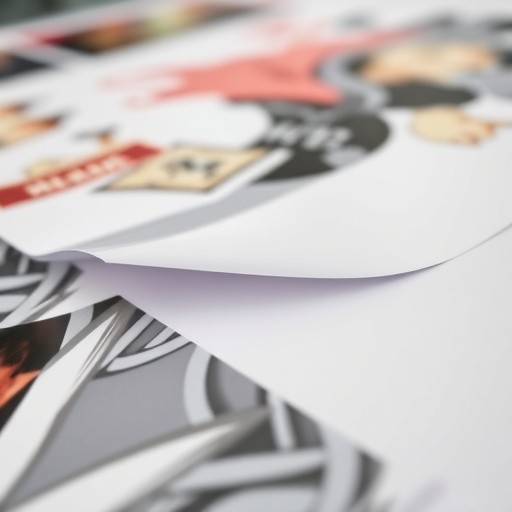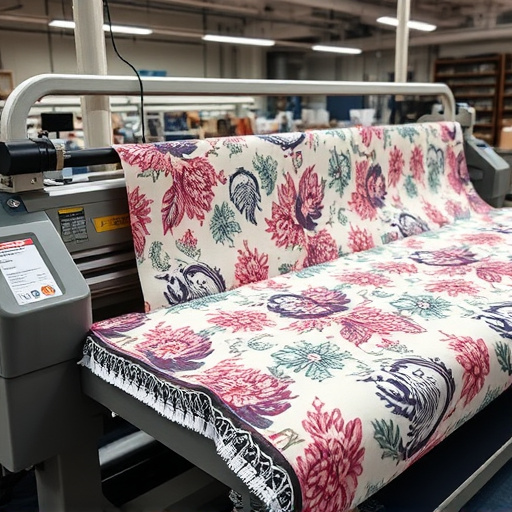DTF Technology is revolutionizing printing by offering versatile, high-quality custom transfers for diverse surfaces, fostering creativity across industries like fashion and automotive. This disruptive method has democratized design with accessible printers, shifting from traditional to on-demand DTF printed hoodies and fabrics. Future advancements in AI, automation and sustainability will further streamline manufacturing and minimize environmental impact, solidifying DTF Tech as a game-changer in custom printing.
“The dynamic landscape of technology is witnessing a quiet revolution with the rise of Direct-to-Fabric (DTF) printing. This innovative process is unlocking unprecedented potential, transforming industries from fashion to manufacturing. In this article, we explore how DTF technology is disrupting markets and creating new opportunities. From its transformative power in design and production to the emerging trends shaping its future, we delve into the key factors driving this game-changing technology.”
- Unlocking Potential: DTF's Transformative Power
- Market Dynamics: Disruption and Opportunities
- Future Prospects: Trends Shaping DTF's Horizon
Unlocking Potential: DTF's Transformative Power
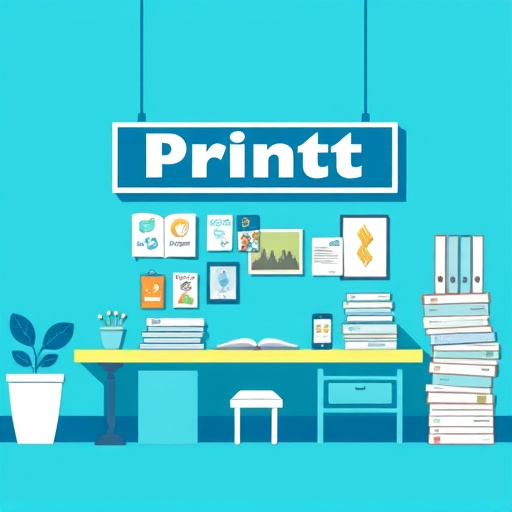
The potential of DTF (Direct to Film) Technology is vast and has been largely unlocked by recent innovations. This groundbreaking approach to printing offers unparalleled versatility, enabling the creation of custom DTf transfers that can be applied to a myriad of surfaces—from textiles to metals. The ability to produce high-quality, intricate designs with precision and speed has opened up new avenues for businesses and artists alike.
Innovations in DTF technology have disrupted traditional manufacturing methods, offering cost-effective solutions without compromising on quality or creativity. With DTf transfer film at the forefront, professionals can now achieve complex prints, personalizing products and enhancing their market appeal. This shift has led to a surge in custom DTf applications, revolutionizing industries such as fashion, automotive, and signage.
Market Dynamics: Disruption and Opportunities
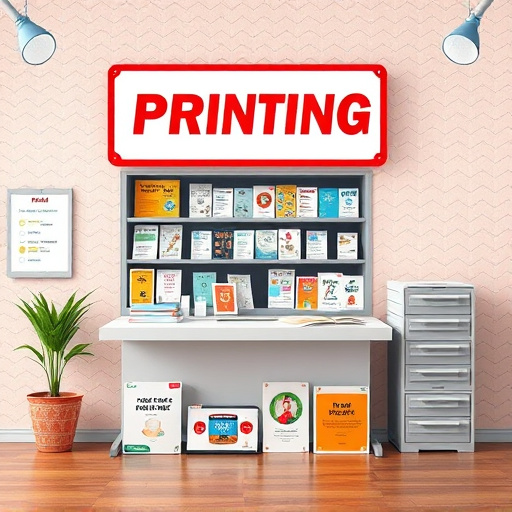
The market dynamics of DTF (Direct to Fabric) Technology are characterized by a disruptive force that promises to transform the textile industry. This innovative print method has opened up new avenues and opportunities for businesses, particularly in clothing manufacturing. With its ability to seamlessly transfer designs directly onto various fabrics, DTF technology is revolutionizing the way we create and personalize garments.
One of the key advantages lies in its versatility; it allows for intricate and detailed prints on light fabrics commonly used for t-shirts, hoodies, and more. This has sparked a wave of creativity, enabling designers to bring their vision to life with vibrant and unique styles. Moreover, the best DTF printers are becoming accessible, making it easier for small businesses and entrepreneurs to enter this space. As a result, traditional printing methods are being disrupted, and DTF printing for hoodies and light fabrics is gaining traction as a preferred choice for those seeking high-quality, customizable products.
Future Prospects: Trends Shaping DTF's Horizon
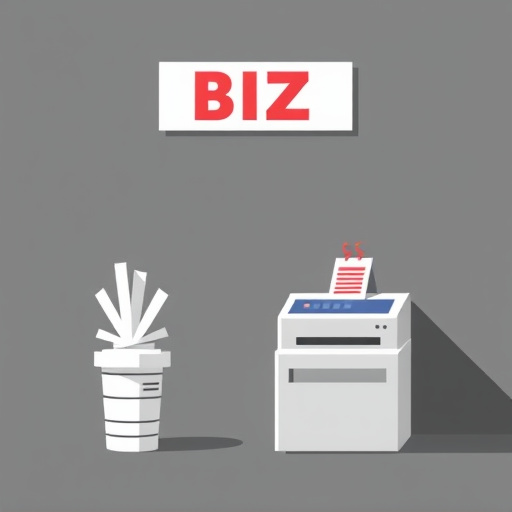
The future of DTF Technology looks promising, with several trends poised to disrupt and shape its horizon. As the digital world continues to intertwine with manufacturing, we can expect advancements in AI and automation to streamline the process, making DTF printing even faster and more efficient. This will enable businesses to offer personalized, on-demand custom t-shirt printing services at a fraction of the traditional costs, revolutionizing the apparel industry.
Sustainability is another key trend gaining traction. Eco-friendly materials and processes are being explored, aiming to minimize the environmental impact of DTF for apparel production. This shift towards sustainability aligns with consumer preferences for eco-conscious products, positioning DTF technology as a game-changer in the custom printing market.
DTF Technology’s continuous innovation is disrupting traditional markets and opening up new avenues. By leveraging its transformative power, this technology is reshaping industries, offering unprecedented opportunities for growth and disruption. As we look ahead, emerging trends suggest a bright future for DTF, poised to revolutionize and redefine various sectors. Its impact will be felt across the globe, marking a significant shift in how we interact with and develop technologies.






